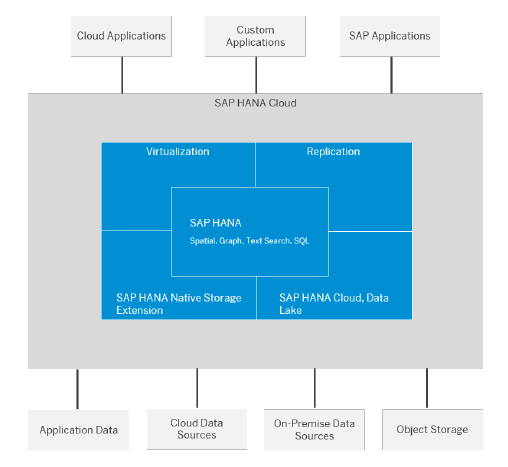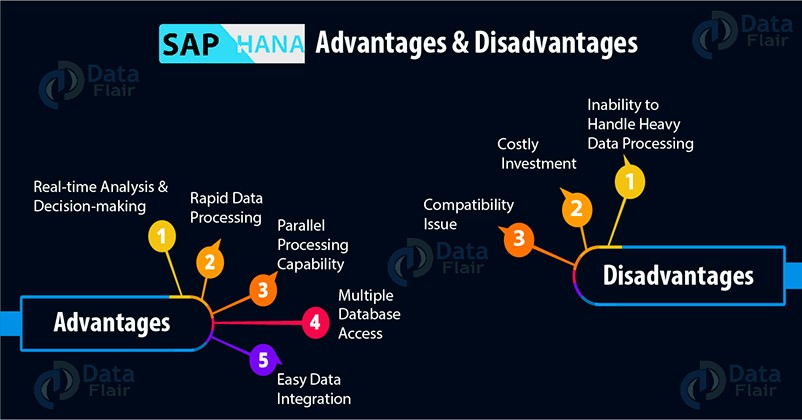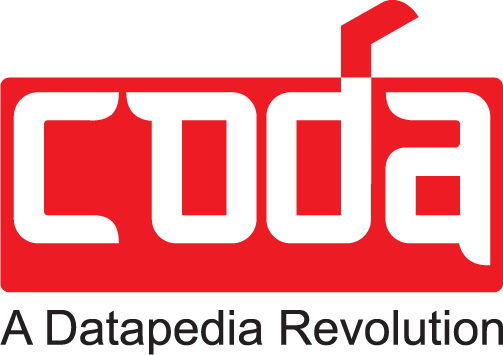SAP HANA Cloud provides one place to access, store, and process all enterprise data in real time. it’s a cloud-native platform that gives the facility and performance of SAP HANA with full capabilities to manage data storage, virtualization, and run powerful applications.
SAP HANA Cloud provides all of the advanced SAP HANA technologies for multi-model data processing in-memory or on disk. Therefore, you’ll enjoy cloud qualities like automatic software updates, elasticity, and low ownership cost by using SAP HANA Cloud either as a stand-alone solution or as an extension to your existing on premise environment.
Using SAP HANA Cloud, SAP HANA databases can be setup and managed and bind them to applications running on SAP Cloud Platform or elsewhere. you’ll access SAP HANA databases employing a sort of languages and interfaces, also as build applications and models using tools given SAP HANA Cloud. Furthermore, SAP HANA Cloud helps you to manage data storage and data access very easily, counting on performance needs.
Read this document for a high-level summary of the features and capabilities available for SAP HANA Cloud.
The following graphic shows the most featured areas that are available.

The following features are available with SAP HANA Cloud:
- SAP HANA Spatial allows you to store and geo-process spatial data using various data types, algorithms, and constructors. SAP HANA Graph provides native support for graph processing and allows you to execute typical graph operations on the information stored in SAP HANA.
- With the search functionalities of SAP HANA Cloud, you’ll build search applications, define search models, and conduct text searches.
- Virtualization – Create virtual tables in SAP HANA Cloud pointing to tables in other remote sources without replicating the info into SAP HANA Cloud, run queries on combined data sources in real-time, including DML queries, with updates being written back to the remote source, virtually access data from external sources using queries.
- Replication – Integrate data into SAP HANA Cloud, Cleanse, and enrich address data.
- SAP HANA native storage extension may be a general-purpose, built-in warm data store in SAP HANA that allows you to manage less-frequently accessed data without fully loading it into memory.
- SAP HANA Cloud, data lake may be a fully managed cloud service for securely storing and analyzing large amounts of knowledge that’s infrequently updated.
- Data privacy provides additional protection for sensitive and confidential data.
PROS and CONS of SAP HANA:

Advantages of SAP HANA:
- SAP HANA provides real-time analysis and decision-making capability. It enables processing of huge amounts of knowledge while the business goes on. Thus, it provides instant real-time insights.
- The in-memory database technology makes data processing and transactions in no time because the data stores in RAM. Therefore, data are often directly and quickly processed from there.
- SAP HANA allows data to store and process in columns also in rows within the database. Also, many operations are often parallelly processed in SAP HANA as against only one operation processing within the traditional database for executing one query. Thus, multiprocessing increases the speed of operation manifold.
- In traditional database and therefore the technologies working with it, users can use just one of the transactional processes (OLTP and OLAP) at a time. But, in SAP HANA’s in-memory database, you’ll access various databases both for transactional (OLTP) and analytical (OLAP) queries parallelly directly .
- You will fetch data from various external data sources due to the source-agnostic capabilities of SAP HANA. Also, it makes the SAP HANA compatible with different DBMS used across the organization. Thus, enabling easy data integration. Must Learn – SAP Business Objects Reporting Tools
- Without interrupting the continued business operations, easy to perform data integration and aggregation from various applications and data sources in SAP HANA. You will also integrate it with SAP Business Object BI solutions.
- Able to store the business insights during a Persistent Data Repository and recover it from here just in case of a system break down.
- By the real-time data replication service, you’ll data replication from SAP ERP into SAP HANA without it’s interjecting with the opposite operations of the business suite.
- For third-party application access, you’ll use applications of SQL and MDX.
- Using data modelling and designing tools, data models are made very flexible and are completely virtual. It also makes the method of modelling and re-modelling very easy.
- Business Warehouse Admin Cockpit efficiently manages and monitors the SAP HANA.
Disadvantages of SAP HANA:
-
- SAP HANA is merely compatible to and thus will run only on SAP or SUSE Linux certified hardware. It creates a problem for all the users who want to run it on the other quite hardware as prices of licensing are very high.
- Limited hardware compatibility makes eager to use SAP HANA a costly investment.
- SAP HANA doesn’t support all ERP products due to their different sorts of business architecture. SAP HANA requires ERP users to vary their architecture to form it HANA compatible.
Understand the components of SAP HANA Architecture - Due to frequent SPS releases and updates within the SAP HANA versions, the older version gets outdated very soon. And, it’d trouble the user sometimes as they need to get the new update whenever and updating is time-consuming.
- Users have reported SAP HANA server shutdown sometimes of heavy processing and calculation load to it.
- Using hybrid solutions of HANA like running it partly on the cloud and partly on-premise causes tons of issues and doesn’t function properly.
- Usually, developers who still continue with their old ways of working with database technologies, aren’t ready to use SAP HANA to its full potential. They only use it as a quick in-memory database, while there are many other features and functionalities that SAP HANA provides.


